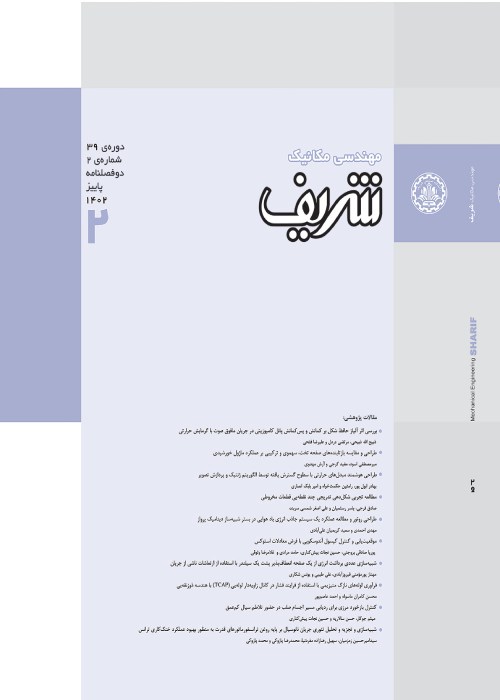AGING HEAT TREATMENT AND SPECIMEN'S GEOMETRY: FRACTURE BEHAVIOR OF AL2024-T8 SHEET UNDER TENSION
The effect of artificial ageing on tensile properties and fracture behavior of 2024 Al alloy in the presence and absence of notch was investigated. The tensile samples having two V notches, as well as, common tensile specimens were prepared according to ASTM E8. T8 heat treatment consisting of solutionizing, cold rolling, and aging was selected to establish precipitation hardening in Al2024 alloy. Considering T8 condition, following solutionizing of Al sheet at 5000C, samples were cold rolled with 30% reduction. Finally artificial aging was applied at 2000C via different times. The results of Brinell test shows that the maximum value of hardness was achieved at 1 hour, which indicated the peak aging condition. Moreover, soaking samples in aging condition at 2000C for 15 minutes and 4 hours were considered as under-aging and over-aging states, respectively. Similar to hardness results, the superior amount of yield strength and ultimate tensile strength of un-notched specimens were observed at peak aging time, while in notched samples, the role of aging time was not prominent due to the presence of V shaped flaws. By applying notches on specimens, the yield and ultimate stress were found to increase with simultaneously decrease in elongation at fracture. It was found that due to localizing plastic deformation around flaws, the presence of notch increases the strength of 2024 Al alloy, while elastic behavior controls deformability far from notches. The energy which was absorbed till fracture, was indicated as toughness and it was found to be absolutely dominated by the elongation at fracture and significantly decreased in notched specimens. The peak-ageing condition of notched tensile specimens had the lowest toughness compare to under-ageing and over-ageing conditions. Although three fracture mechanisms, such as matrix deformation, particle cracking and matrix/particle debonding observed in all samples, the distribution of these mechanisms were more homogeneous in un-notched specimens. In the other words, one may claim that the presence of flaws enhanced the cracked particles, which accompanied with lowering matrix deformability lessened the elongation and toughness.
- حق عضویت دریافتی صرف حمایت از نشریات عضو و نگهداری، تکمیل و توسعه مگیران میشود.
- پرداخت حق اشتراک و دانلود مقالات اجازه بازنشر آن در سایر رسانههای چاپی و دیجیتال را به کاربر نمیدهد.


